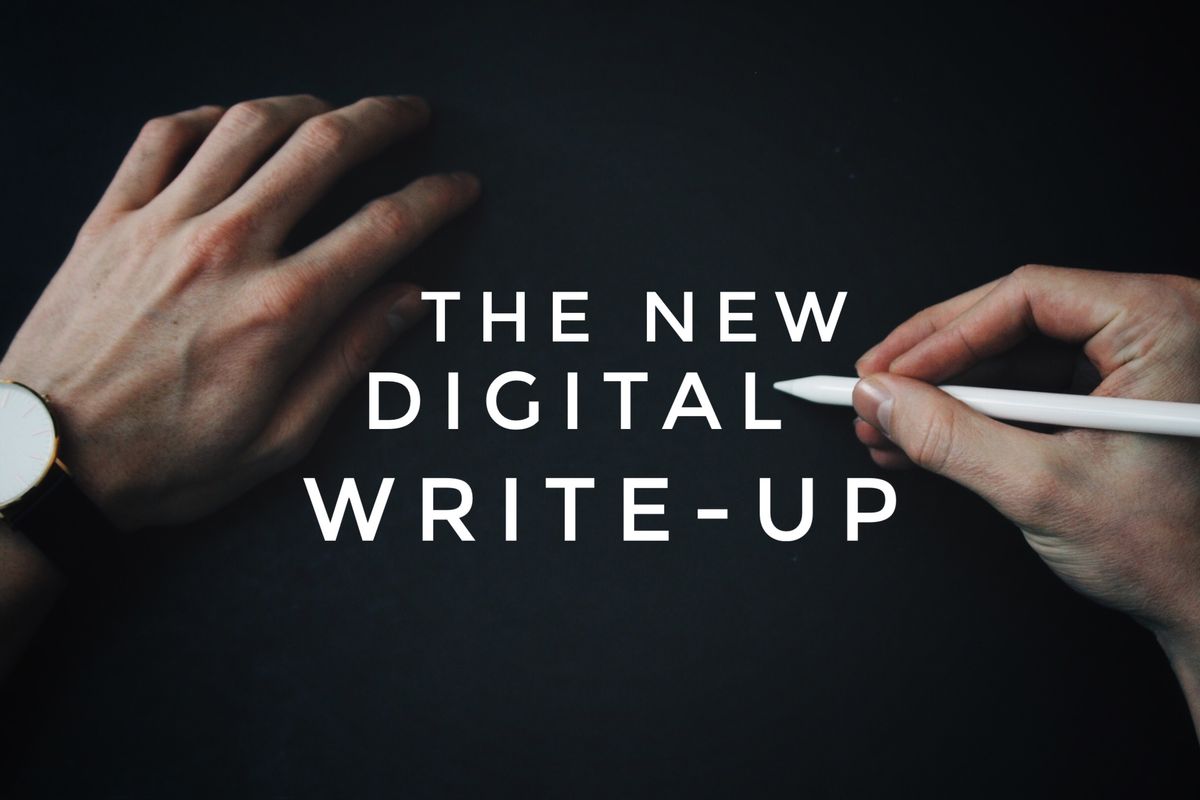Digital Writing Has Changed: It’s Time to Adjust

The world of digital publishing has become a lot noisier. Both brands and new media companies are always looking for the next-best strategy to stand out in the feeds, catch eyes in inboxes, and win organic search to build sticky audiences. But what a lot of publishers haven't fully realized yet is that digital writing has completely changed. What was once all about "hooking" the reader to get that extra click or share has shifted. There's now an intense push for prioritization, personalization, and transparency. As digital readers become more savvy, they specifically seek out media sources that deliver engaging content quickly and clearly.
Axios: Summarizing a Whirlwind of News
News publisher Axios quickly became a darling in the new media world after they launched in 2017, and part of the reason why is because their writing style is unlike most others in the industry. "Axios" is Greek for "brevity," and it makes up the core of their digital strategy. Every article they publish is short by design, and each post begins with a meaningful preview of what the article is about and why it's important. Before dropping in a prompt to ask if you want to keep reading a post, Axios marks their content with bold subheads — such as "Why it matters" or "The bottom line" — to answer the all-important "why" before an article dives into the details. After that, it's up to you to decide if you care enough about the story to keep reading it. If not, keep scrolling.
Why We Need It: Making Sense of the Noise
The oversaturation of content within social feeds and the entire digital experience is a constant battle every publisher faces. We live in a personalized ecosystem online. Our feeds are designed to only show stories that interest us. We only sign up for newsletters we care about, and use search for a defined purpose — not content discovery. It's time our writing reflects — and respects — the unavoidable content filtration system.
Since there's simply too much information to sort through, there's genuine value in adopting a writing style that doesn't use too many bells and whistles to capture readers. Giving users a little capsule of what an article's about and why it's important from the start is not only refreshingly transparent, but a new proven approach to audience growth. Readers will quickly learn that your content experience is easy to follow, intriguing, and informative, and that's what builds organic loyalty.
Why It's Working: No More Trick to Click
Because digital content consumption has become ubiquitous, users view the digital and social worlds with a more discerning eye. If the Facebook fake news fallout of 2016 taught us anything, it's that there's a demand for a more transparent internet .
In the past, the common method for getting the aforementioned "hook" to pull in readers was to write teaser-style headlines and descriptions that barely offered any insight into the content itself. You'd then hope that the teasers would be enticing enough to grab a reader's attention so that they couldn't resist clicking. But this strategy has always been a slippery slope for publishers, and it usually amounts to nothing more than clickbait. It's also precisely this kind of "gotcha" content that Facebook deprioritized in its News Feed last year . The story's no different when it comes to organic search. Keyword stuffing trends of yesteryear was how many tried to get onto Google's front page, and concepts like relevancy made little difference. Now, creating content that satisfies user intent is more important than ever.
Axios' 180-degree shift from the old standards of digital writing schooled the old guard on how to write engaging content. Instead of asking themselves if they've done enough to pull a user in, Axios optimizes their content for the shortest way a user can familiarize themselves with a story. Readers then have a choice to either keep reading or keep scrolling based on their own interests. And that's where personalization and transparency will win over audiences versus quick-hit clicks.
Why One Simple Function Can Change Everything
Axios put a spotlight on conversation-starting content and why it matters, and it's a great way to build organic loyalty in 2018. At RebelMouse, we're prioritizing the concept of sustained reach in place of chasing fleeting metrics that can't build the kinds of sticky audiences that every publisher yearns for.
We designed an intuitive layout — called Social UX — which helped Axios redefine the new digital write-up and soar to more than 40 million pageviews a month . Our CMS includes a "Keep reading" function that complements the infinite scroll. It's the one, simple feature that allows readers to choose what they want to read without deceiving them. It's also used to great effect on other RebelMouse properties, such as Dance Magazine and EcoWatch . The infinite scroll within Social UX creates a personalized experience that mimics the social feeds and builds honest relationships with readers.
Even if a CMS replatform isn't on your roadmap, our team of growth experts can help adjust your content and digital strategy to match the new digital write-up. Let's create something together .















































































